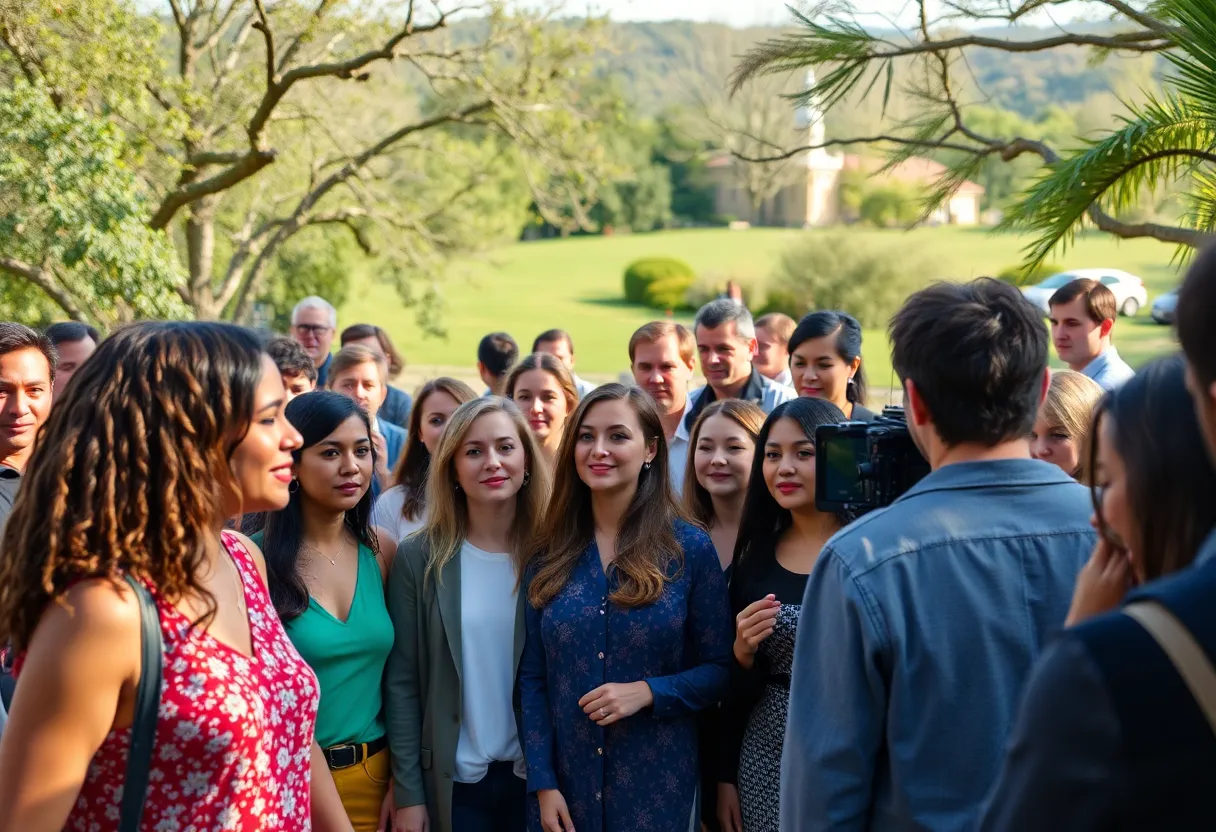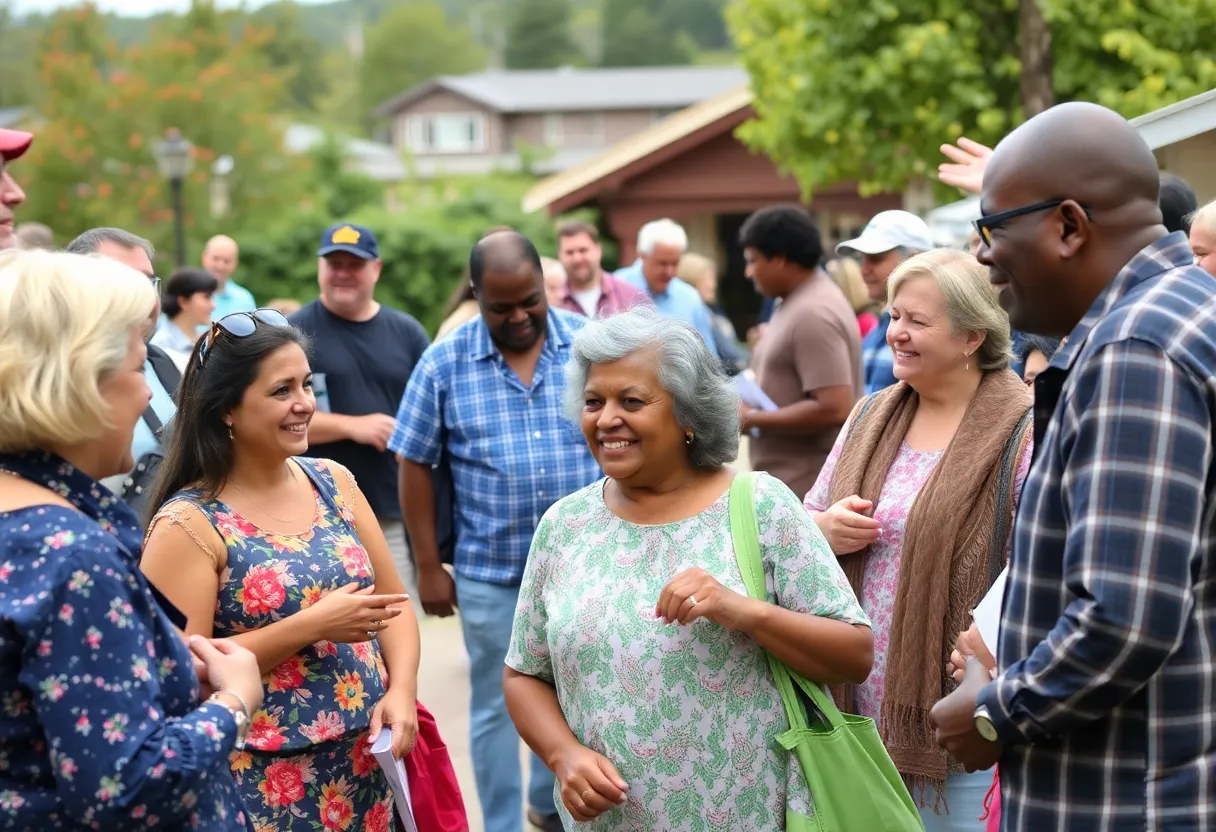News Summary
Canadians are ready for the upcoming federal election on April 28, marked by heightened voter enthusiasm and record early voting. With a two-party race between the Liberal Party and the Conservative Party, tensions with the U.S. and media challenges complicate the landscape. As the election approaches, both parties are strategizing to connect with voters amid a backdrop of economic challenges and misinformation.
Canada Set for a Major Federal Election on April 28
Canadians are gearing up for a **_noteworthy federal election_** taking place on April 28, amid a backdrop of rising tensions with the United States and an ongoing trade war. With both parties bringing their “A-game,” this election promises to be a thrilling showdown for political supremacy in the Great White North.
Record-Breaking Early Voting
This election has already made its mark, showcasing record enthusiasm among voters. A staggering **_7.3 million Canadians_** have participated in advanced voting, marking a **_25% increase_** from the previous election in 2021. This surge in early voting is a strong indication that citizens are ready to make their voices heard, especially during these uncertain times.
A Two-Party Showdown
This time around, the race boils down primarily to two major players: the **_Liberal Party_** and the **_Conservative Party_**. At the moment, Liberal leader **_Mark Carney_**, a former central banker, is leading in the polls with **_43.1%_** support, while Conservative leader **_Pierre Poilievre_** follows behind with **_38.4%_**. Both leaders have distinct styles and messages that they hope will resonate with voters!
Campaign Strategies and Media Engagement
Carney’s campaign is significantly focused on his experience navigating economic crises, a topic he emphasizes as vital given the state of the economy amid the trade war. His approach aims to reassure voters that he’s equipped to handle whatever challenges come their way.
On the other hand, Poilievre is steadily increasing his presence in the media, employing a strategy that many have compared to **_Donald Trump’s_** own media tactics. His campaign’s core messaging revolves around anti-elite sentiments, directly appealing to those who feel disconnected from traditional government approaches. The exciting twist here is how he’s using social media to better connect with potential voters, something that could play a crucial role as the campaign unfolds.
Shifting Political Landscape
Messy Media Environment
A Shortened Campaign
Deeper Dive: News & Info About This Topic
- The Guardian: Canada Election Advance Voting
- Wikipedia: Canada
- Financial Times: Canada Election Coverage
- Google Search: Canada Election 2025
- Politico: Pierre Poilievre and Trump
- Encyclopedia Britannica: Election
- The Guardian: Fake Political Content in Canada
- Google News: Canada Election 2025







